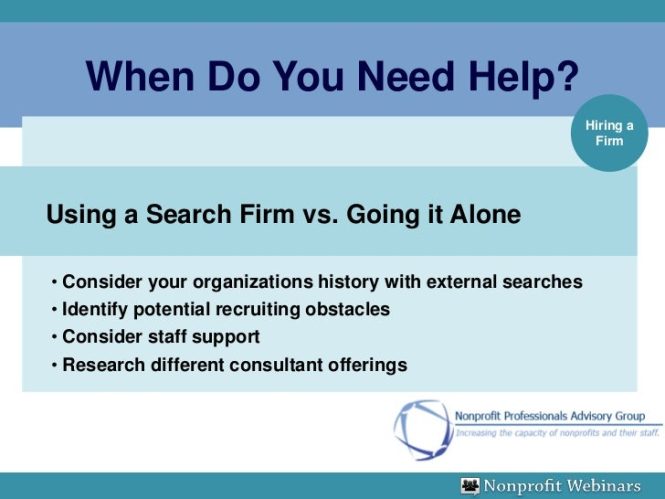

Hiring consultants can be a significant investment for businesses seeking specialized expertise. However, navigating the process successfully requires understanding the common pitfalls that can lead to costly mishaps and ultimately, a disappointing outcome. This guide will delve into the most prevalent issues encountered when engaging consultants and provide practical strategies for avoiding them, leading to a successful consulting partnership.
Understanding the Value Proposition of Consultants
Defining Roles and Responsibilities
Effective collaboration hinges on a shared understanding of roles and responsibilities. Avoid ambiguity by clearly defining the consultant’s scope of work, deliverables, timelines, and metrics for success. A well-defined scope prevents misunderstandings and ensures that both parties are aligned on expectations. Consultants should offer a clear articulation of their expertise and how it directly addresses the client’s specific challenges. This proactive approach fosters trust and mutual understanding.
Defining Success Metrics
Establish quantifiable success metrics from the outset to track progress and ensure accountability. Examples could include increased efficiency, improved customer satisfaction scores, or cost reduction targets. Clearly communicating these metrics and incorporating them into the consultant’s agreement will keep everyone focused on the shared objectives.
Project Management Strategies
Implementing structured project management techniques, such as clearly defined project phases with deadlines, checkpoints, and regular progress reports, helps keep the engagement on track. This ensures that expectations remain aligned and potential risks are mitigated throughout the project lifecycle. This is crucial for ensuring deliverables are on time and within budget, safeguarding a productive partnership.
Unclear Scope of Work
Defining the Problem and Solution
One of the most frequent pitfalls is an unclear scope of work. Without a well-defined scope, the consultant might stray from the core objectives, leading to wasted resources and time. A detailed outline outlining specific tasks, deliverables, and timelines is paramount. This includes a well-articulated problem and the proposed solution the consultant will bring.
Avoiding Scope Creep
Ensure your scope is well-defined from the beginning and communicate potential areas of scope expansion clearly to avoid misunderstandings and unanticipated expenses. Be clear about how scope creep can be avoided during the project lifecycle and who is responsible for reporting and managing changes.
Setting Realistic Expectations
In addition to detailed scope statements, set realistic expectations for the consultant’s deliverables and timeline. Communicate timelines with realistic deadlines. This prevents disappointments and frustration, fostering a productive relationship.
Poor Communication and Collaboration
Establishing Communication Channels
Establish clear communication channels, including frequency and methods, from the outset. Regular meetings, progress reports, and open dialogue are essential to fostering a collaborative environment. Clear communication helps address any concerns or issues promptly. This can help avoid misinterpretations, prevent frustration, and ultimately lead to a more effective engagement.
Active Listening and Feedback
Establish a culture of active listening and open feedback. Make a conscious effort to not only communicate your expectations but also actively listen to the consultant’s concerns and feedback. This allows for adjustments to be made, and risks to be identified. Creating a feedback mechanism for continuous improvement is crucial for a positive engagement experience.
Transparency and Accountability
Transparency is paramount in building trust. Clearly outline who is responsible for what and how they will be held accountable for deliverables, whether or not there are shared responsibilities. Ensuring transparency and accountability enhances trust and fosters an open line of communication.
Inadequate Contractual Agreements
Defining Financial Obligations
Thoroughly review and negotiate all contractual agreements before signing, particularly concerning payment terms, milestones, and penalties for non-compliance. This safeguards both parties’ interests and helps to avoid future disputes. This includes a clear outline of financial obligations and payment schedules.
Legal Counsel
Consult with legal counsel to ensure contractual agreements are legally sound and protect your interests. A well-drafted contract will outline the roles, responsibilities, and expectations of each party, laying a firm foundation for the engagement.
Dispute Resolution Mechanisms
Incorporate clear mechanisms for resolving disagreements or disputes into the contractual agreement. This prevents escalation and ensures timely resolution of any conflicts that may arise.
Unrealistic Timelines and Budget Constraints
Project Planning Tools
Using project planning tools, set realistic timelines based on the scope of work. Project management software can be employed to outline deadlines, milestones, and potential risks.
Budgeting Strategies
Develop a detailed budget to anticipate expenses and avoid unexpected costs. Be thorough in identifying potential risks and mitigating them.
Contingency Planning
Incorporate contingency plans to address potential delays or unforeseen issues. This includes provisions for cost overruns, unforeseen market changes, or any other significant factors.
Q: How can I ensure clarity on the scope of work during a consulting project?
A: Clearly define the project’s goals, deliverables, and timelines upfront. A detailed project scope document outlining all tasks and responsibilities will minimize the risk of future conflicts.
Q: How can I improve communication throughout the consultant engagement process?
A: Establish regular communication channels, including scheduled meetings, progress reports, and feedback mechanisms. Foster a culture of transparency and accountability by openly addressing concerns and questions.
Q: What are some essential components of a comprehensive consulting agreement?
A: A comprehensive consulting agreement should cover payment terms, project timelines, dispute resolution procedures, and the scope of work. Carefully review these aspects with your legal counsel to mitigate potential risks.
Frequently Asked Questions
Q: What are the key elements of a successful consultant selection process?
A: A successful consultant selection process involves carefully defining your needs, researching potential consultants, evaluating their experience and credentials, and ensuring their experience aligns with your company’s goals. A trial period for the consultant is highly recommended before committing to a full-term contract.
In conclusion, hiring consultants effectively is a strategic process requiring careful planning, thorough research, and clear expectations. Avoiding common pitfalls like unclear scope, unrealistic timelines, or inadequate communication is crucial for a successful outcome. By understanding the potential challenges and proactively addressing them, businesses can maximize the value consultants bring to the table, achieving their desired objectives. The next step is to carefully evaluate your specific needs and conduct thorough due diligence on potential consultants. Review their track record, experience, and references to ensure they align with your requirements. Implementing a robust project management system will further streamline the consulting engagement and help you manage expectations effectively. This will ultimately lead to a more productive and positive partnership.